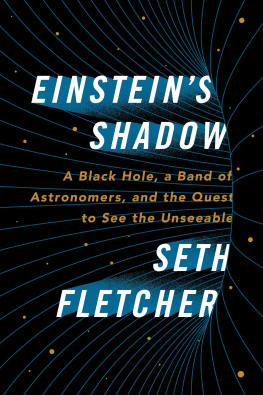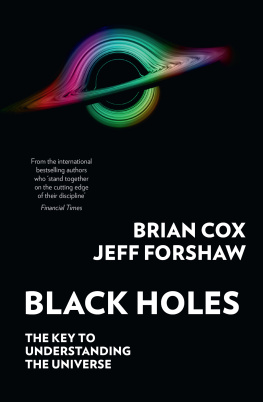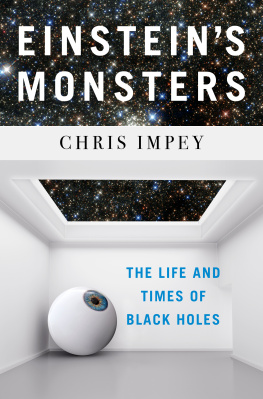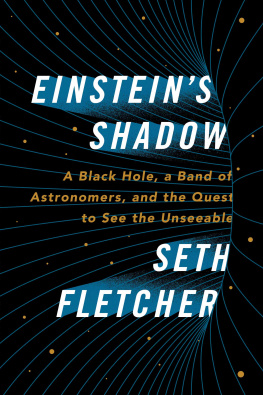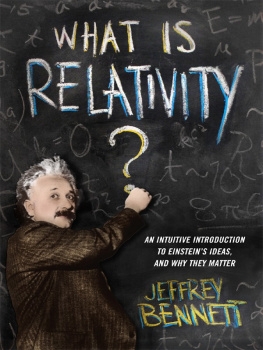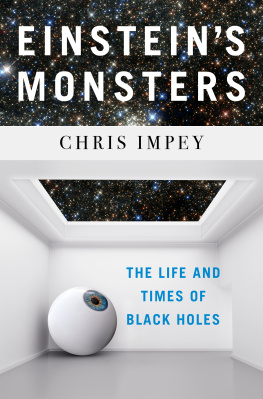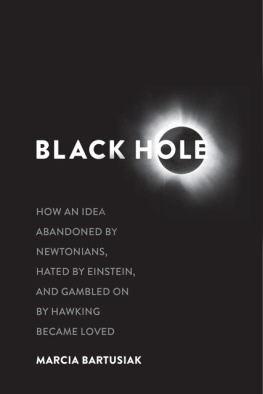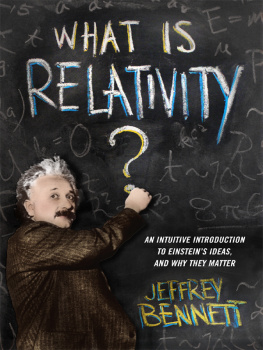SETH FLETCHER is the chief features editor at Scientific American and the author of Bottled Lightning: Superbatteries, Electric Cars, and the New Lithium Economy. He lives in New Yorks lower Hudson Valley with his wife and daughter.
Discover great authors, exclusive offers, and more at hc.com.
Bottled Lightning:
Superbatteries, Electric Cars, and the New Lithium Economy
For Sylvia
Heaven knows what seeming nonsense may not tomorrow be demonstrated truth.
ALFRED NORTH WHITEHEAD
We live twenty-six thousand light-years from the center of the Milky Way. Thats a rounding error by cosmological standards, but stillits far. When the light now reaching Earth from the galactic center first took flight, people were crossing the Beringian land bridge, hunting woolly mammoths along the way.
The distance hasnt stopped us from drawing a fairly accurate map of the heart of the galaxy. We know that if you travel inbound from Earth at the speed of light for about twenty thousand years, youll encounter the galactic bulge, a peanut-shaped structure thick with stars, some nearly as old as the universe. Several thousand light-years farther in, theres Sagittarius B2, a cloud a thousand times the expanse of our solar system containing silicon, ammonia, doses of hydrogen cyanide, dashes of ethyl formate, which tastes like raspberries, and at least ten billion, billion, billion liters of alcohol. Continue inward for another three hundred and ninety light-years or so and you reach the inner parsec, the bizarro zone within about three light-years of the galactic center. Tubes of frozen lightning called cosmic filaments streak the sky. Bubbles of gas memorialize ancient star explosions. Glowing streams of gas arc toward the core. Gravity becomes a foaming sea of riptides. Blue stars that make our sun look like a marble slingshot by at millions of miles per hour. Space becomes a bath of radiation; atoms dissolve into a fog of subatomic particles. And near the core, that fog forms a great glowing Frisbee encircling a vast dark sphere. This is the supermassive black hole at the center of the Milky Way, the still point of our slowly rotating galaxy. We call it Sagittarius A*.
Every object in the Milky Way orbits the galactic center and, thus, the black hole, which is about as wide as Mercurys orbit around the sun. Our home star completes a circuit about every two hundred million years. Every galaxy probably has an enormous black hole at its core. Galaxies and their central black holes seem to evolve together. They go through stages. Sometimes the black hole spends eons inhaling matter as fast as physically possible, converting that matter into energy in a long-lasting cataclysm, each instant the equivalent of billions of thermonuclear weapons detonating simultaneously. In these active stages, the black holes fire jets of matter and energy across the universe, landscaping the cosmos like great rivers cleave continents and build deltas. Depending on their mood, black holes decide when their host galaxies can grow new stars: when theyre on a rampage, blowing shock waves and howling cosmic winds, baby stars cant grow. When a black hole settles down into a quiescent state, the next generation of stars gets to form.
No one is sure how the black holes themselves formed. Astronomers have discovered black holes at the edge of the visible universe that contain the mass of billions of suns. These black holes must have reached this size when the universe was less than a billion years old. Yet according to the conventional understanding of how black holes grow, they couldnt have gotten so big so quickly. There hadnt been enough time. And yet, there they are.
In the fifty years since the physicist John Wheeler popularized the term black hole, these objects have given people a lot to think about. Theyre strange enough to inspire buttoned-down scientists to earnestly ponder outlandish questions. Are we living inside a black hole? Was the Big Bang the flip side of a black hole forming in another universe? Does each black hole contain a baby universe? Can we use black holes for time travel? Would the near vicinity of black holes be a good place to look for extraterrestrial life?
Will scientists ever discover the most fundamental laws of naturea theory of everything? Black holes might be the key. The twentieth century produced two spectacularly successful theories of nature: general theory of relativity, and quantum theory. General relativity says the world is continuous, smoothly evolving, and fundamentally local: influences such as gravity cant travel instantaneously. Quantum theory says the world is twitchy, probabilistic, and nonlocalparticles pop in and out of existence randomly and seem to subtly influence one another instantly across great distances. If youre a scientist who wants to dig down to the deepest level of reality, the obvious question is: which is it?
General relativity describes the universe on the largest scales. Quantum mechanics governs the subatomic world. The two theories crash together most violently in black holes. We say, for example, that Sagittarius A* is a four-million-solar-mass black hole, implying that the black hole contains four million suns worth of matter. But Einsteins equations tell us that the interior of a black hole is a vacuum, and that all the matter that has ever fallen in is packed into an infinitely dense surface at the center of the black hole called a singularity. To understand what happens at the singularityand, by extension, at that other singularity known as the Big Bangscientists need a theory of quantum gravity: a framework that unites general relativity with quantum mechanics.
It would be a lot easier to knit the two theories together if scientists could find loose threads to pull. Problem is, both quantum mechanics and general relativity have passed every experimental test theyve ever been subjected to. But general relativity has never been tested near a black hole, where gravity conjures its true strength. And thats one of the many reasons scientists have long wanted to get a close look at a black hole.
Its funny, actually, how confidently scientists talk about black holes, given that no one has ever seen one. Theyve spent decades building mathematical models and observing the indirect effects of invisible masses that theyve decided can only be black holesbut no one has ever gotten a direct look. If you could study a black hole up close, you could test the predictions that have piled up over the decades. Take Sagittarius A*, which is huge and, by cosmic standards, nearby, and therefore the best candidate for up-close study. A close look at Sagittarius A* could answer a long list of hard questions. Heres one example: general relativity predicts that Sagittarius A* will cast a shadow with a very specific shape. If astronomers get a picture of that shadow and it doesnt look the way they expect, theyve just uncovered a major clue in the search for a deeper understanding of nature. It would be strong evidence that Einsteins equations are only an approximation of some deeper physical lawand it would provide clues about the identity of that deeper law. And if scientists ever come to understand nature at its most fundamental, it would be, as the late Stephen Hawking once wrote, the ultimate triumph of human reasonfor then we should know the mind of God.
This is a book about a group of astronomers on a quest to take the first picture of a black hole. They call their effort the Event Horizon Telescope. Their target is Sagittarius A*.
The book is based on nearly six years of reporting, starting in February 2012, with deep access to the project. I followed the astronomers to telescopes for tests and observing runs, attended their conferences, sat in on meetings, hung around their offices, stayed at their houses, and conducted so many interviews in person and via phone, email, Skype, Zoom, and text message that Im not sure how to count them. With rare exceptions, I was the only journalist on the scene.
Next page
